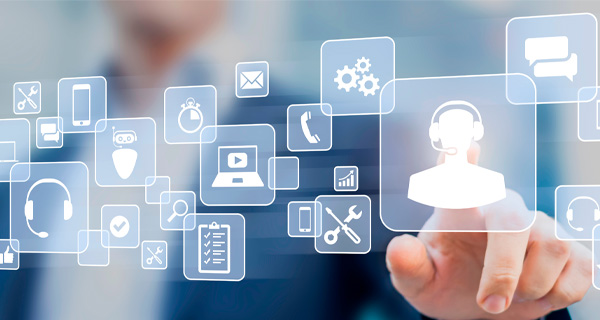Over the past months, I’ve received countless emails from companies and organizations that I do business with, and some that I can’t remember the last time I did business with. It’s encouraging to see that most of the messaging is thoughtful, but more than a few messages came off as contrived, self-serving, and absent of immediate value.
It’s understandable that companies want to quickly communicate with customers during this time of unprecedented uncertainty and anxiety. However, with circumstances changing by the minute and teams rushing to get customer communications sent, it’s sometimes best to slow things down. Remember that haste often makes waste, especially if you’re selling a non-essential product or service to a customer that now has a different perception of needs and wants.
To keep your communications focused on your customer’s new needs during COVID-19, I’ve created a few guidelines that I hope you will find helpful:
Know Thy Customer
Any meaningful customer communication must be relevant, and success during the pandemic relies on understanding your customer’s change in mindset, emotions, usage, and even their location.
To apply Maslow’s Hierarchy of Needs, it’s safe to assume that some people now have shifted from the top level of self-actualization and esteem needs to the bottom, base-level of safety and psychological needs. This means people are confused, anxious, uncertain and looking for reassurance and a return to normalcy. You may not be able to quell these emotions, but you can position your message to demonstrate understanding, compassion and share how your band promise supports these needs.
Location or residence data is extremely valuable in crafting your message right now. For example, communications to customers in significantly impacted parts of the world such Madrid, Milan and New York City need to be crafted with a thorough understanding of the ongoing situation and different than communications to customers residing in areas of less impact.
Keep it Simple and Value Added
Attention spans are now overtaken by non-stop news media reports and high priority communications from family and friends. This is no time for the long corporate-speak, top-down communications that substitute an email for a web page. Your message has to communicate one value-added takeaway in a clear and concise manner.
For example, whether or not you project a disruption, it’s always best to start with explaining if and how the pandemic could disrupt the customer relationship. If your service is essential, this is of critical importance and in these times, coffee and internet service is likely deemed essential.
Humanizing your brand is another way to show that you value your customers, employees and their communities. For example, content demonstrating how your employees are supporting customers or how your brand is aiding local communities, means more than well-intentioned words.
Be Helpful and Avoid the Sales Pitch
Now is the time to be helpful and demonstrate real relationship building with your customers. Although discounts, delayed billing and forgiveness of late fees are appreciated by customers that are concerned about their income situation, it’s not an opportunity to sell. Brand equity is won and lost during tough economic conditions, and selling right now will likely get you unwanted social media attention that results in long-term customer churn and defection.
In addition, this isn’t the time to “reactive” or “win back” customers that have churned or have been deemed inactive. People know if they haven’t done business with you for a significant period of time and will see these types of emails as self-serving and profiteering.
Instead, focus your communications on how customers can get help whenever and however they need it. If you’re shifting contact center hours and understaffed to manage customer inquiry volume, explain why and how you are working to mitigate the situation.
Maslow’s hierarchy of needs is a motivational theory in psychology comprising a five-tier model of human needs, often depicted as hierarchical levels within a pyramid. From the bottom of the hierarchy upwards, the needs are: physiological, safety, love and belonging, esteem, and self-actualization. Click Here
Chad Ghastin is the Senior Manager of Customer Experience at JFK International Air Terminal, where he leads all aspects of customer experience for 21 million passengers annually and employee engagement for 6,000 terminal employees. He has also served as Vice President, Business Leader of U.S. CRM at MasterCard, and Director of Digital Product Development at the New York Times. Prior to this role, he worked in audience development and customer lifecycle strategy for Nickelodeon, Weight Watchers, and Sirius/XM. You can find him on Twitter @cghastin.



